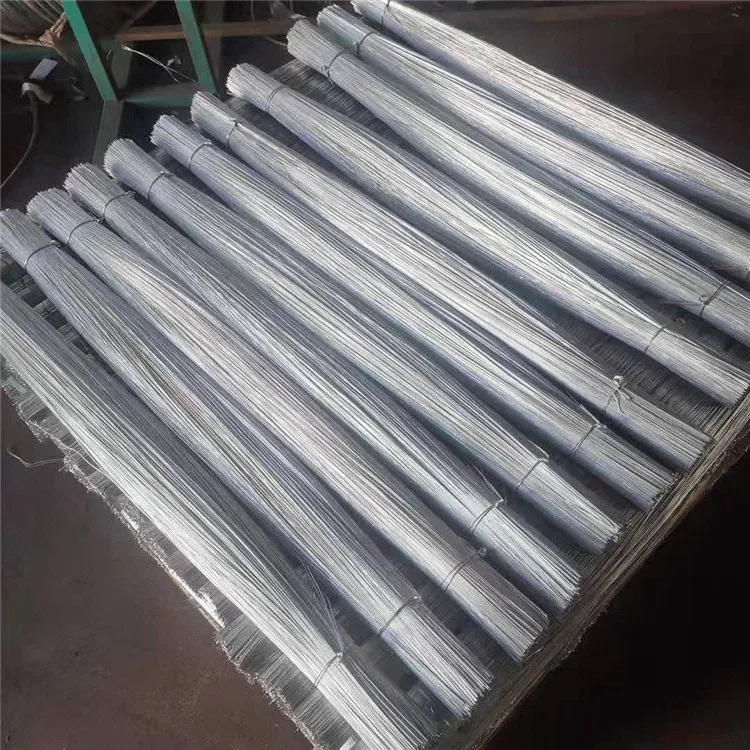Dec . 18, 2024 01:00 Back to list
barbed wire fences
The Dual Nature of Barbed Wire Fences
Barbed wire fences have become synonymous with boundaries, both physical and metaphorical. Invented in the late 19th century, barbed wire revolutionized agriculture and property demarcation, providing an efficient and cost-effective means to fence livestock and secure land. As we delve into the intricacies of barbed wire fences, we uncover their dual nature—serving as both protectors and prison bars in different contexts.
Historical Context
The invention of barbed wire in 1873 by Joseph Glidden marked a significant turning point in agricultural practices. Before this innovation, farmers relied on wooden fences, which were not only expensive but also labor-intensive to maintain. Barbed wire offered a simple solution it was easy to install, made of durable materials, and could be constructed from readily available resources. Its popularity soared, especially in the American West, where it played a pivotal role in the cattle ranching industry. The ability to contain livestock efficiently meant that farmers could maximize their land usage and minimize losses.
However, the expansion of barbed wire fences also initiated a series of conflicts. As settlers moved westward, they encroached upon the land inhabited by Indigenous peoples. The establishment of barbed wire fences marked a clear delineation of territory, leading to tensions as land was increasingly privatized and restricted. Thus, barbed wire became a symbol of ownership and, simultaneously, dispossession.
The Role in Modern Agriculture
In contemporary agriculture, barbed wire remains a vital tool for farmers and ranchers. It continues to serve the purpose of controlling livestock and delineating property lines. Modern advancements have further enhanced its effectiveness; different types of barbed wire are available, each suited for various circumstances, including high-tensile wire that can withstand significant tension and extreme weather conditions.
Farmers appreciate the durability and low maintenance requirements of barbed wire fences. Unlike traditional wooden fences, which may rot or succumb to pests, barbed wire can last for several years if properly installed. This resilience allows farmers to focus their resources on cultivation and livestock management rather than infrastructure repair.
barbed wire fences

A Symbol of Division
While barbed wire fences are practical in agricultural contexts, their symbolism shifts dramatically when observed in urban settings and geopolitical landscapes. In many countries, barbed wire is used to reinforce borders and fortify security in prisons and detention centers. Here, the material takes on a more sinister connotation, often associated with exclusion, oppression, and confinement.
Take the example of border walls and fencing designed to control immigration. These barriers often utilize barbed wire to deter illegal crossing, representing a hardening of national boundaries. The use of such fences ignites heated debates over human rights and the ethical implications of restricting movement. Critics argue that while security is necessary, the dehumanizing nature of barbed wire fences can lead to tragic consequences, as individuals may risk their lives to cross these barriers.
The Emotional Impact
Beyond the practical and political implications of barbed wire, one cannot overlook its emotional resonance. For many, seeing a barbed wire fence invokes feelings of confinement and fear of the unknown. In contrast, for others, it represents safety and security, a barrier that protects against perceived threats. This emotional dichotomy showcases how context shapes our understanding of physical structures.
Conclusion
Barbed wire fences serve a myriad of purposes, from the functional roles in agriculture to their contentious presence in border security and correctional facilities. They encapsulate the complex relationship between humanity and the land, between freedom and confinement, and between progress and conflict. As society evolves, the challenge will be to balance the need for security and boundaries with the fundamental principles of humanity and compassion. In both rural landscapes and urban environments, barbed wire remains a powerful symbol that continues to provoke thought and dialogue about our values and priorities in a rapidly changing world.
-
The Role of Field Wire Fence in Grassland Conservation
NewsJul.15,2025
-
Stainless Steel Razor Wire Durability in Coastal Environments
NewsJul.15,2025
-
Enhancing Home Security with Mesh Fences
NewsJul.15,2025
-
Diamond Mesh Wire for Small Animal Enclosures
NewsJul.15,2025
-
Common Wire Nail Tensile Strength Testing for Woodworking
NewsJul.15,2025
-
Barbed Wire Corrosion Resistance Galvanization Techniques
NewsJul.15,2025









